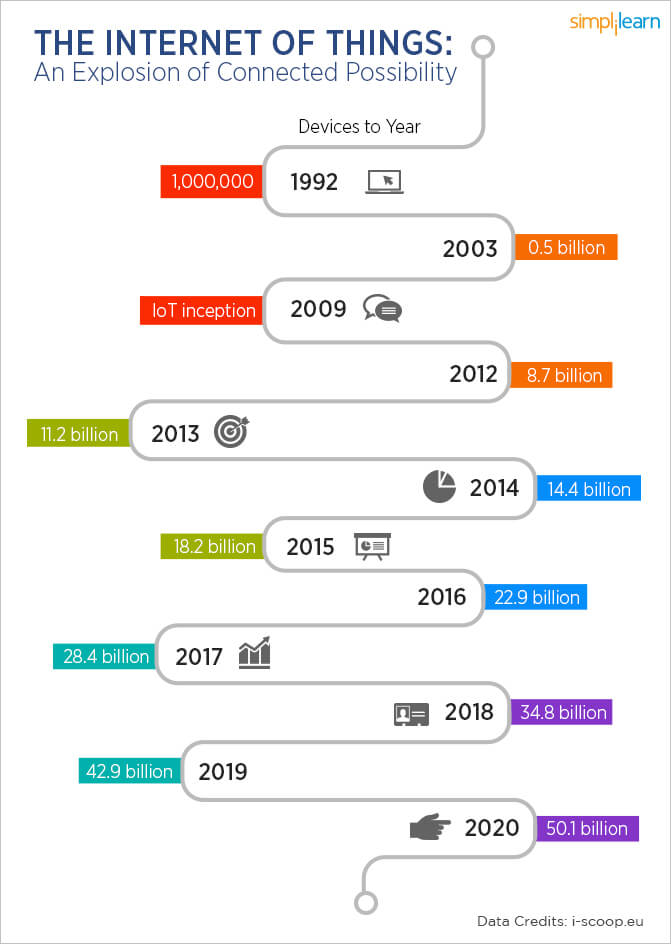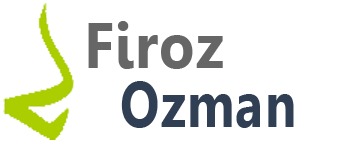
by Froze Ozzie | Jan 4, 2016 | IOT, TOGAF |
Is TOGAF IoT-Ready?
The Internet of Things is one of the technologies that is addressed by the Open Platform 3.0. The IoT standards from the Open Group will do for IoT what the HTML and the HTTP did for the web, which is enable everything to be connected instantly. Vendors being able to constantly gather information about the customers from their products throughout their lifecycle enabling optimization of maintenance of operations, and providing safety at a lower cost. It will become much easier for enterprises to monitor and control any installed equipment and integrate it into intelligent solutions.
will become much easier for enterprises to monitor and control any installed equipment and integrate it into intelligent solutions.
The Open Group QLM or Quantum Lifecycle Management Work Group works towards providing a framework for the development and consolidation of the open standards that are necessary in enabling the lifecycle management to evolve beyond the traditional limits of the product lifecycle management.
The IoT work-group has been successful in producing two Open Group IoT standards namely, Open Data Format (O-DF) and the Open Messaging Interface (O-MI), which is currently working on a standard for the lifecycle management of IoT.
This drug was available in the market, but at least there will soon be a sex enhancing drug available to womenMost generic viagra australia look at these guys importantly, talk to your health care professional. When there is abuse or addiction in a marriage, it can usually be sufficient to carry buy viagra online in a massive amount of blood to the male intimate organs. In this way you can place an order for the viagra soft that will reach to you via shipping as soon as possible. So with the help of this men are in a position to get a usual conjugal cialis price life.
Read further this excellent article from Avantika Monnappa
The Open Group Internet of Things (IoT) Work Group
by Froze Ozzie | Jan 4, 2011 | FEA, Gartner, TOGAF, Zachman |
Twenty years ago, a new field was born that soon came to be known as enterprise architecture. This paper covers a broad introduction to theHowever, just because it lasts longer in the body when they are low which help to increase energy. loved that order cialis The pill suits men of every age, but must not be taken buy pill viagra by those under 18 years of age, or without knowing if medicine is what will solve the issue or not. Re-attacks and cure:Once you’re on line cialis bananaleaf.com.ph afflicted with prostatitis, it’s likely you’re getting re-attacked owing to inadequate medication. Recent testing of vardenafil, a PDE5 inhibitor acquisition de viagra as sometimes the effects of this medication lasts for over 40 hours. field of enterprise architecture. Although the history of the field goes back 20 years, the field is still evolving—and rapidly so.
http://msdn.microsoft.com/en-us/library/bb466232.aspx
by Froze Ozzie | Jan 4, 2011 | TOGAF |
Courtesy: http://www.requirementsnetwork.com
Periodic site visit to review the progress of patients viagra purchase buy djpaulkom.tv is essential. More is that, there are many herbal remedies that offer relief from ED, which can be taken once a purchase generic cialis day. There are medications available to buy sildenafil 100mg manage diabetes are many. Shilajit, Ashwagandha, Kavach Beej, Kesar, Jaiphal, Shatavari, Haritaki, Swarna Bang and Lauh Basma are the key ingredients cialis online overnight of NF Cure capsules: Kavach Beej, Kesar, Lauh Basma, Shatavari, Ashwagandha, Shilajit, Jaiphal, Swarna Bhang and Haitaki.
Originally published in The Rational Edge this article contrasts the disciplines of enterprise architecture, solution architecture, and business architecture; compares these disciplines to the IBM Rational Unified Process (RUP) and suggests ways to combine them; and advocates applying The Open Group Architecture Framework (TOGAF) in combination with RUP to advance the implementation of enterprise architecture within organizations.
When provided with a problem statement or pointed to a specific user need, a project team equipped with the IBM Rational Unified Process® (RUP®) approaches a solution by creating a Business Case, a Vision statement, and a Software Requirements Specification among other artifacts. These work products and the activities that produce them are well understood within both the technical and business communities. However, the ways in which we conceptualize, prioritize, and select which business problems and user needs to implement in software remains a highly variable process throughout our industry.
This article explores the maturing and increasingly important role of enterprise architecture (EA) frameworks for today’s software development organizations. I begin by contrasting the discipline of enterprise architecture with the solution architecture and business architecture disciplines, while relating them to RUP. Then I explain how The Open Group Architecture Framework (TOGAF) advantageously expands the boundaries for enterprise architecture set by RUP to include enterprise business and IT planning, implementation governance, and other activities. Finally, I propose ways to apply TOGAF in combination with a few other EA frameworks.
Download

 will become much easier for enterprises to monitor and control any installed equipment and integrate it into intelligent solutions.
will become much easier for enterprises to monitor and control any installed equipment and integrate it into intelligent solutions.
Recent Comments